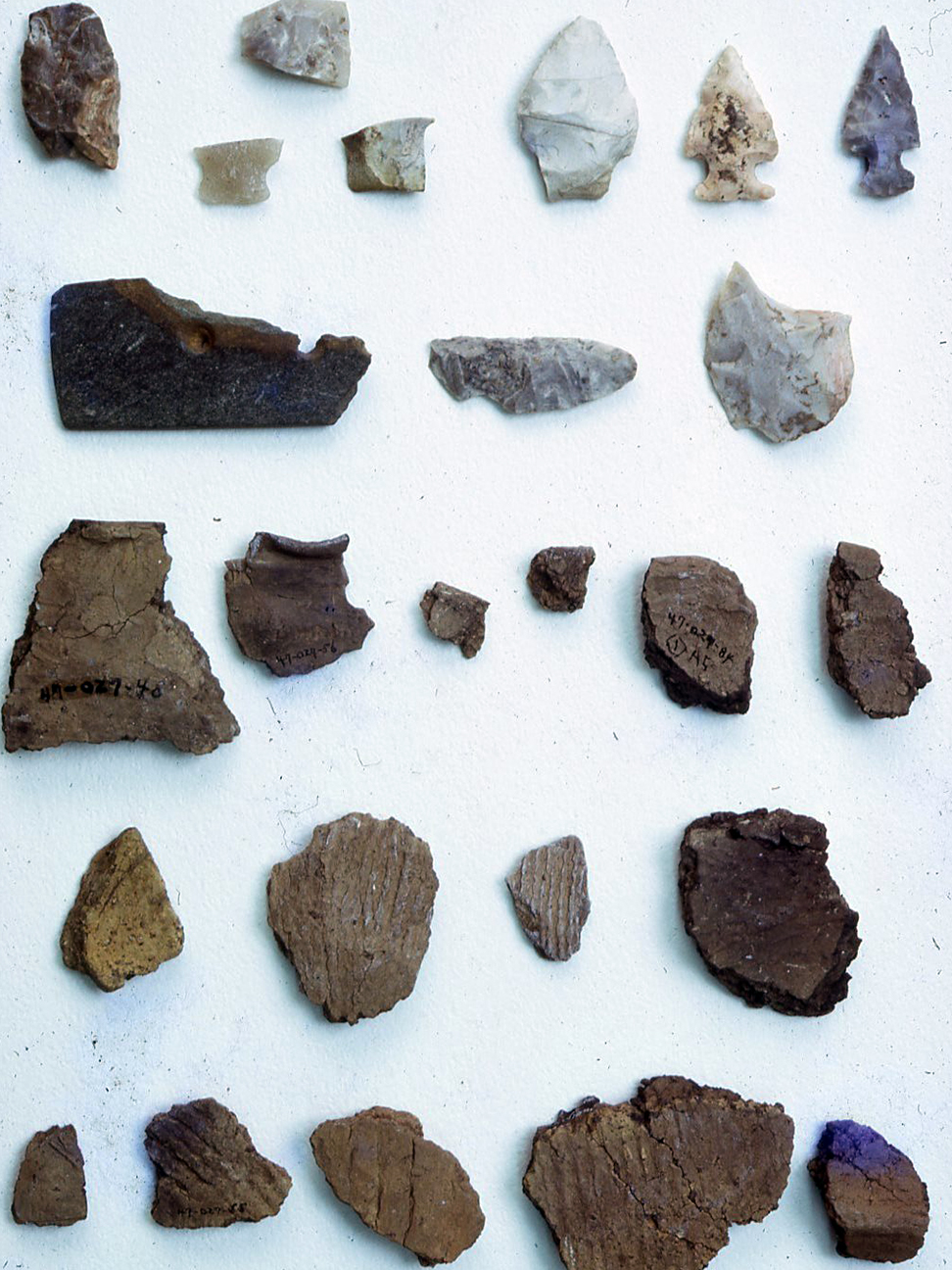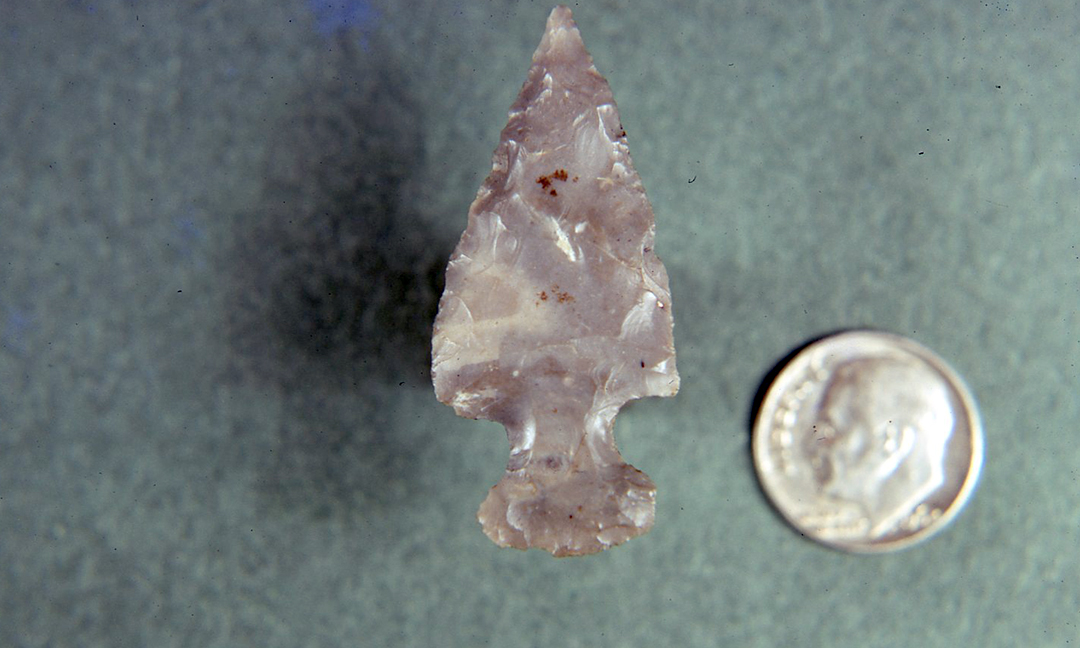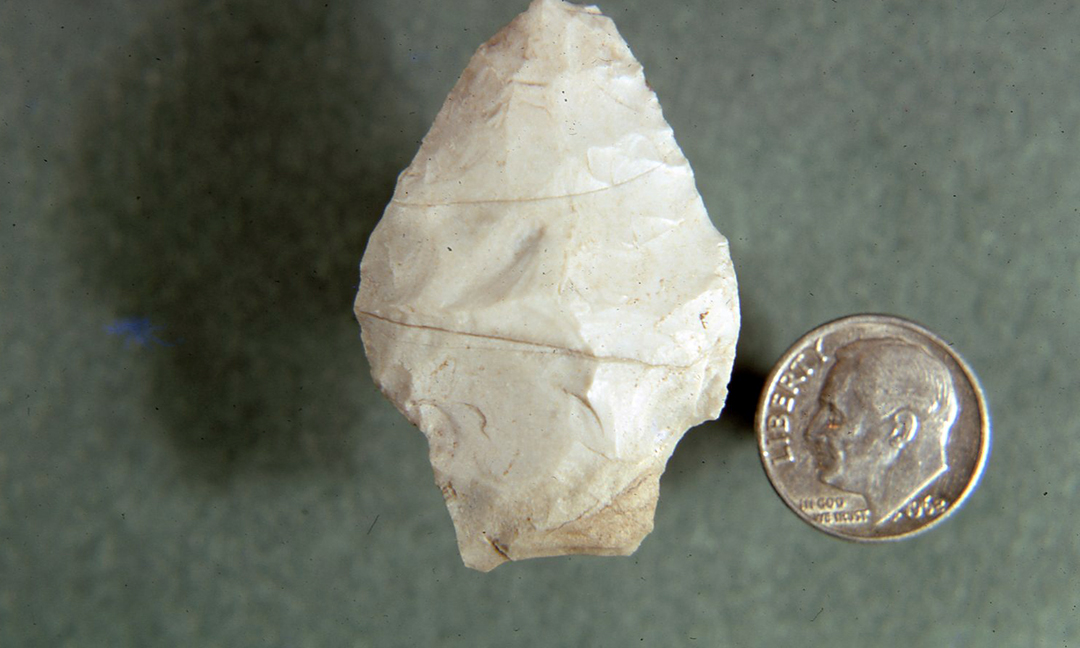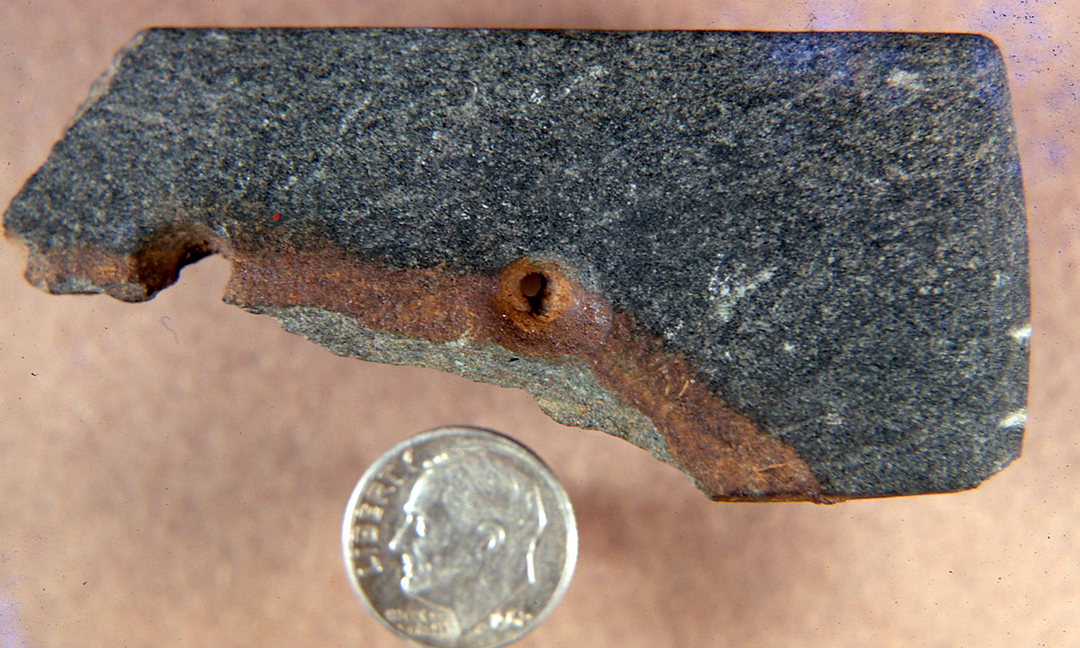The Hilgen Spring Mound Site Revisited
An Intermediate Early Woodland Period Burial Mounds site in Cedarburg, Wisconsin
Presenter: Kurt A. Sampson MS RPA
Cedarburg Cultural Center – Thursday may 26th – 6:30PM
Additional Information & details: https://www.facebook.com/events/1628561944131307/
Join us as archeologist Kurt Sampson leads us on a reexamination of one of Wisconsin’s oldest known conical burial mounds site. The Hilgen Spring mound site was excavated in Cedarburg in 1968 by avocational archaeologist Howard Van Langen under the direction of Thomas F. Kehoe of the Milwaukee Public Museum. Recently rediscovered excavation photographs and a reexamination of the cultural artifact excavated in context from the site have shed new understanding into Early Woodland Period conical burial mound ritualism and have provided us with a unique window to the past.
Around 2,500 years ago amazing changes began taking place in cultural landscape of Wisconsin. People who participated in the early Red Ochre burial complex ritualism began to place their cemeteries on small natural knolls and hills. “Red Ocher” is the name that archaeologists use to refer to a ceremonial burial complex (not a culture) which was found throughout much of the Great Lakes and Midwest regions that dated as early as 1200 B.C. to about 500 B.C. The Red Ocher Complex includes a series of differing regional cultures that shared certain elaborate burial customs through the exchange of exotic raw materials over long distances. Burials were an important link for people to land and ancestral territories.
Eventually, some communities of people began making their own mounds by carrying earth to sacred locations, and building Wisconsin’s first burial mounds starting just after 800 B.C. Though early cemeteries gave way to burial mound construction, aspects of this Red Ochre burial ritualism continued to be practiced. This included the use of iron ore hematite (Red Ochre) ground into a powder to cover burials, and the use of certain types of unique burial goods such as the Turkey-tailed biface. During this time people also began to use Wisconsin’s first know pottery called Marion Thick ware. With this pottery came increased seasonal sedentism, and the cultivation of small seed bearing plants like sunflowers, marsh elder and goosefoot. This set of Cultural innovations-gardening, pottery use, and burial mound construction usher in a way of life that archaeologist refer to as the Woodland Period (800 BC–AD 1300).
At the Hilgen Springs Mound Site we see the practice of this Early Woodland mound construction ritualism and some unique mound construction features such as stone altar places by hearths that were then covered over by “miniature” mounds of hard pack black soils. Bone bundles and extended burials were placed in the grave pits, other bundles were placed directly on the mound floor, and then dome-shaped piles of yellow sand were built to complete each mound.
Radiocarbon dates taken from mound 2 of Hilgen Springs date to around 480 B.C. making it one of the oldest burial mounds yet examined.







